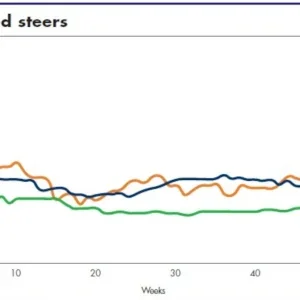
New findings from the LHCA show the environmental costs of using synthetics, mostly made from plastics and other non-renewable sources, as opposed to real leather in finished consumer goods.
“As consumers, retailers and brands weigh the versatility, beauty, durability and sustainability of leather compared to its imitations, it’s clear: there’s simply no substitute for real leather,” said LHCA president Stephen Sothmann.
However, the recent rise of synthetics in consumer products, and shift away from leather, risk causing environmental damage. In 2019, US Department of Agriculture data indicate the US processed more than 33 million head of cattle for food.
Export data and industry estimations suggest that about 27.5 million hides were used in domestic and global production, meaning nearly 5.5 million hides, or 17%, were either destroyed or discarded – a number that will increase if trends continue in the use of synthetics to produce finished goods in place of leather.
The new infographic, along with additional information about the sustainability of real leather, can be found on usleather.org and using the hashtag #chooserealleather.






